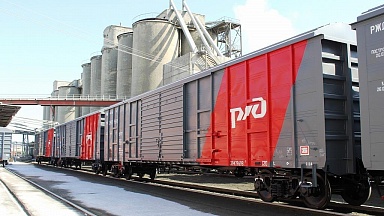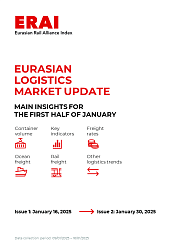«The available data shows that the fundamental support for very high freight rates has now fully disappeared and further weakening is to be anticipated,» he said.
The analyst added: «Even though small bumps in the road, in the form of a sudden short demand spike or unexpected bottlenecks, could cause temporary upward rate movements, the overall rate development will continue down towards more normal market levels.»
So the next question is: how far will they fall?
Drewry’s WCI this week recorded another 5% fall in its Asia-North Europe component, to $7,583 per 40ft, but the indices are having to play catch-up with a very fast-moving market as carriers start to discount heavily to fill ships.
The Loadstar has seen firm rates offered this week on sailings from China, valid through to November, now below $6,000 per 40ft, with unlimited space availability. A year ago, rates from China to North Europe were around $14,000 for Antwerp and Rotterdam and $16,000 for the UK, with cargo being rolled from week to week.
However, back in September 2020, you could ship a 40ft from Shanghai to Rotterdam for about $2,000.
Carriers will be desperate to ensure rates do not fall to these levels again, and will endeavour to slow, if not halt, the erosion.
Meanwhile, on the transpacific, the WCI Asia to US west coast reading tumbled another 9% on the week, to $5,662 per 40ft, while there was a more modest decline of 3% for east coast rates, to $9,304. US consumer demand has held up better than in Europe and port congestion on the east coast has supported rates for the all-water services.
It follows that carriers will need to be extremely disciplined in their capacity management to prevent further significant falls in spot rates in and around the Chinese Golden Week holiday early next month.
Moreover, the outlook for long-term rates is equally concerning for carriers as, and when, they approach the contract renewal season.
«Volumes are dropping and, as expected, long-term rates are beginning to follow the trend set by the spot market,» said freight rate benchmarking firm Xeneta’s CEO, Patrik Berglund.
The only bright spot for carriers appears to be on the transatlantic trade, where the Freightos Baltic Index this week recorded spot rates unchanged, at $8,333 per 40ft.
In September last year, rates on the route stood at some $6,000 and, 12 months prior to that, at approximately $1,600 per 40ft.




